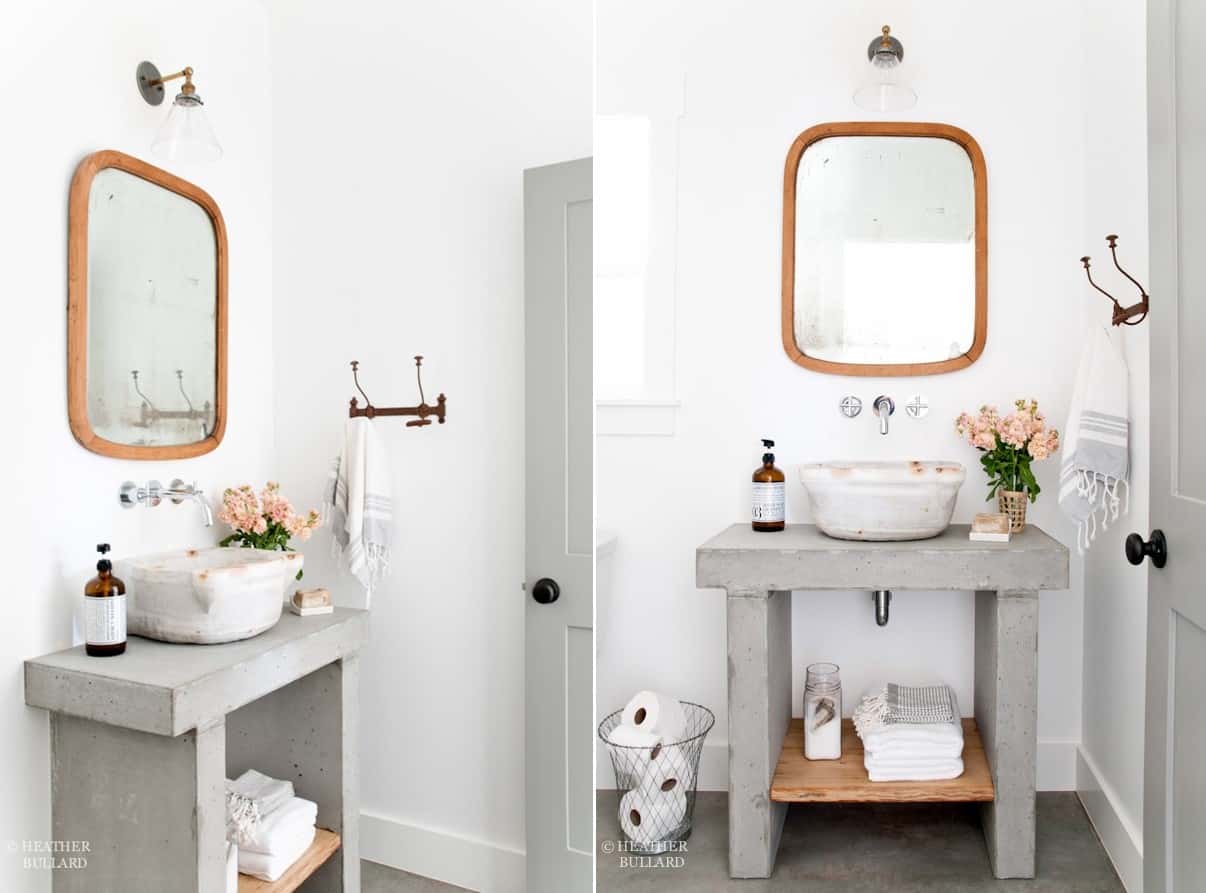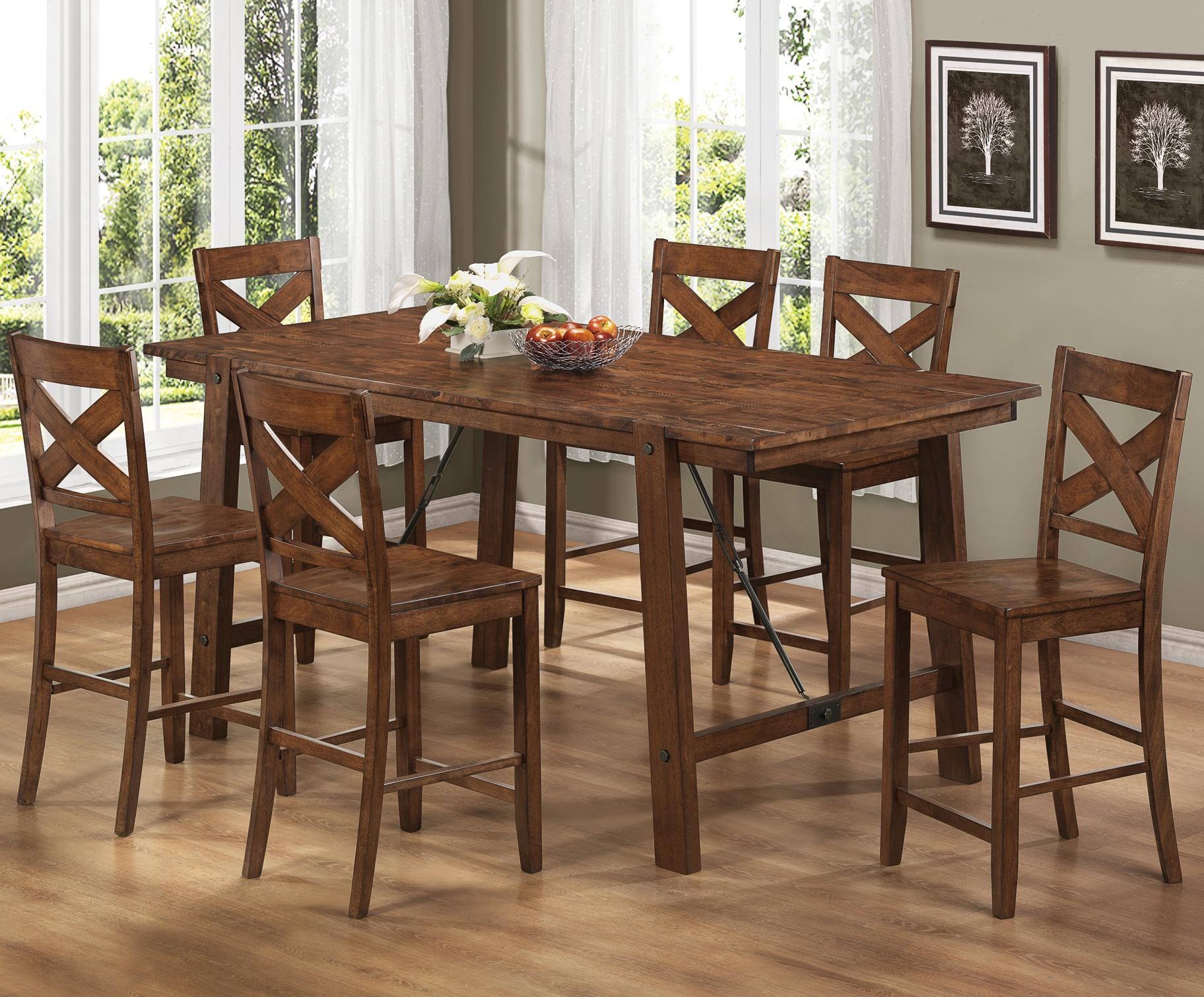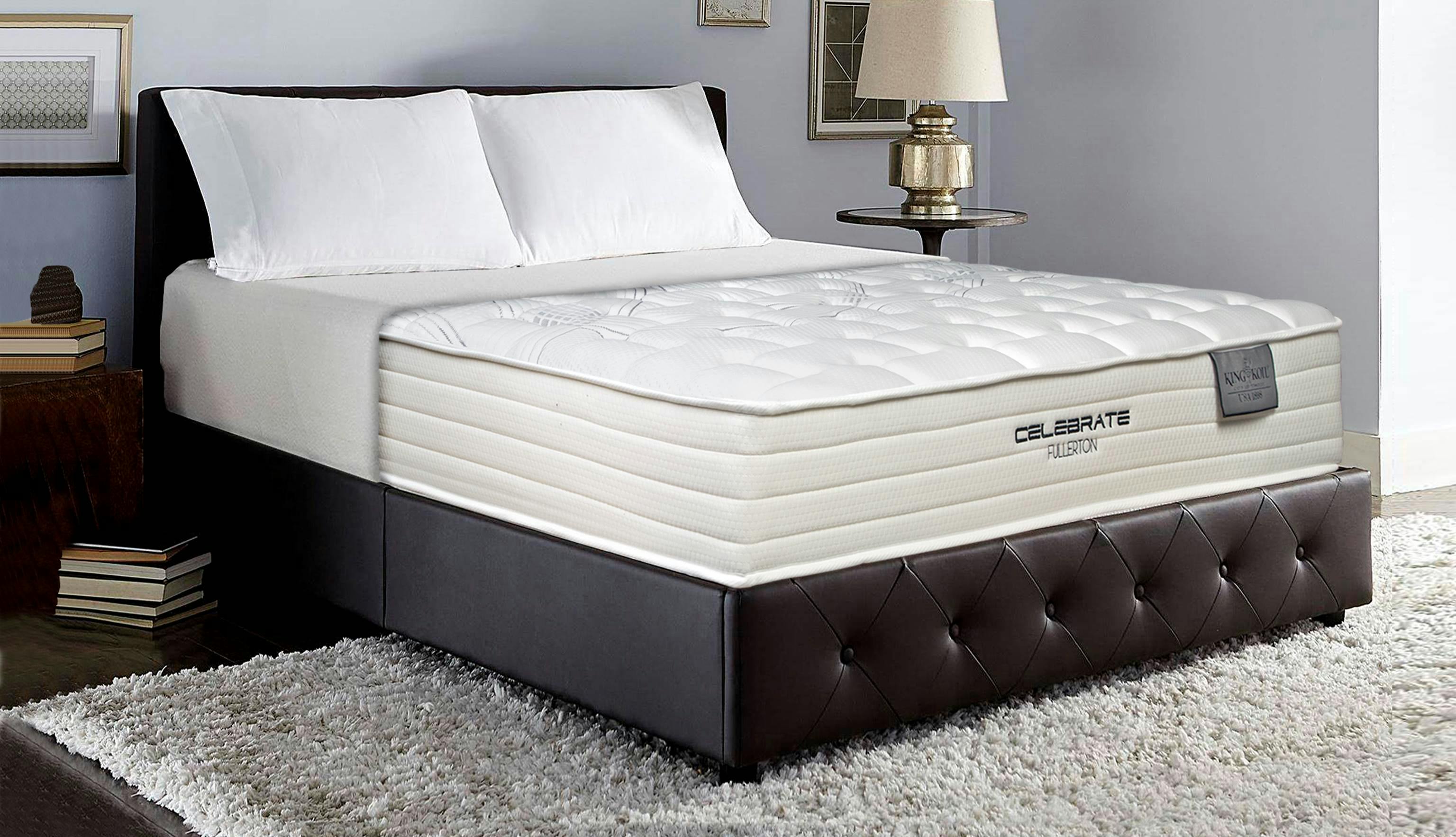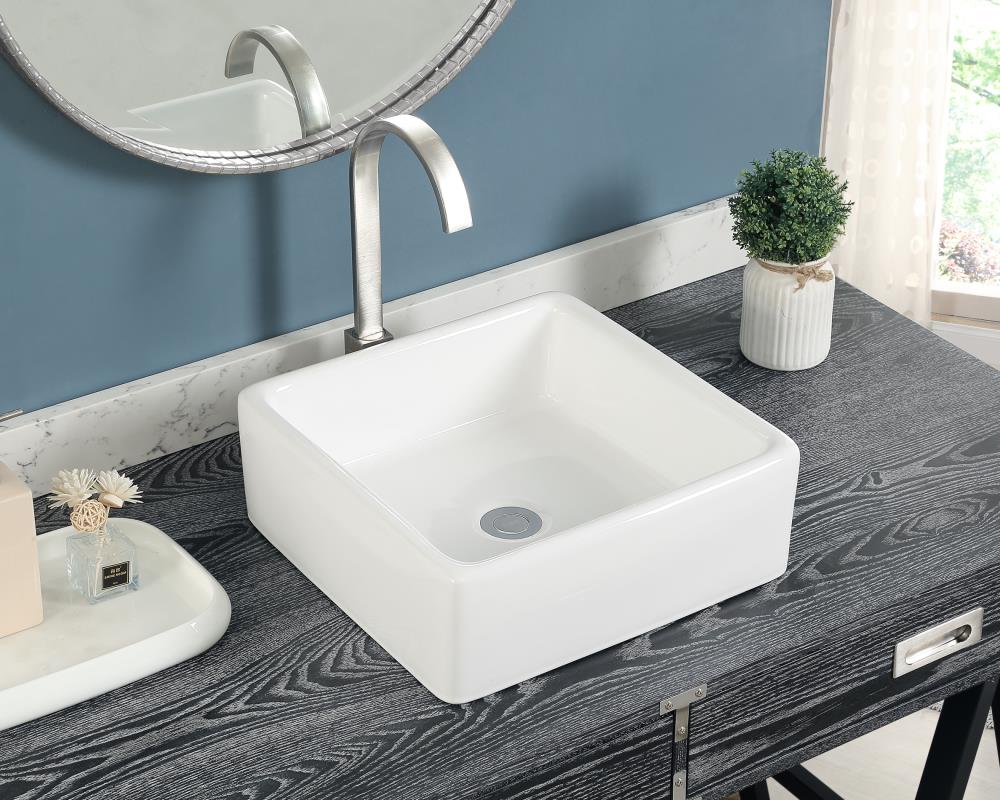If you’re looking to create a safe haven for outdoor cats, outdoor feral cat house plans can provide you with the blueprint for creating a comfortable shelter. This guide details the best materials and tips for you to create a feral cat house that will help make sure outdoor cats can stay warm and safe during the winter months. Additionally, you can make sure cats have a secure place of refuge when confronted with wild animals or in a storm. Materials – The best materials to use when creating a feral cat house are cedar or plywood siding. These materials provide an insulated and waterproof protective shell, while also being durable and long-lasting. You’ll need to choose materials that can withstand the elements such as wind, rain, and snow, and which don’t require much maintenance. Additionally, you’ll need two-inch foam insulation and rigid foam to create an insulated interior. Design – You’ll need to consider both aesthetic considerations as well as functionality when designing your outdoor cat shelter. You should make sure the size is appropriate for your cat, with interior space just big enough for the pet to curl into. Additionally, the design should have an insulated floor as well as an interior wall. The roof should be at a 30-45° angle to provide water drainage. You can also add in a hinged door to give cats an easy way to enter and leave the shelter.Outdoor Feral Cat House Plans
When creating a feral cat house, insulation is one of the most important elements. Insulated feral cat house plans will ensure that the cats are not only sheltered and protected from the elements, but also away from the cold. Insulating the feral cat house provides cats with a warmer and more comfortable place to sleep. It’s important to insulate the walls and the roof of the shelter, as well as add in some sort of padding to the floor. This padding will provide an even greater level of warmth and comfort for the cats. Materials – When insulating the feral cat house, you should use two-inch foam insulation and rigid foam. This type of insulation is ideal for trapping heat in the shelter and also offering protection from the cold. Additionally, you should use a protective material on the exterior of the house such as cedar or plywood siding, as these materials will help prevent the insulation from getting wet and eventually losing its effectiveness. Design – When designing the insulated cat house, it’s important to make sure there is a thermal barrier between the interior and exterior walls. This barrier should be insulated and thick enough to ensure adequate heat retention. Additionally, it’s important to have an adequate ventilation system to ensure air can circulate throughout the shelter. This will help make sure cats don’t become overheated.Insulated Feral Cat House Plans
When it comes to feral cat house designs, there are a few options available. The most simplistic design is an enclosed wooden box which offers cats a small but insulated shelter from the elements. This type of shelter can be constructed using materials such as wood, plywood, and cedar siding, and can easily be lined with insulation. You can even make the house raised off the ground a bit to ensure proper drainage from any rain or snow. Another option for feral cat house designs is a dome-shaped shelter. This type of shelter can be constructed using plywood siding and insulated foam and can provide cats with a slightly larger shelter than the wooden box. Additionally, the dome-shaped design will offer cats some additional protection as the shape helps to deflect strong winds. The dome design is also more energy efficient as less heat will escape through the roof.Feral Cat House Designs
When creating a feral cat shelter, there are several plans available for different designs. Feral cat shelter plans should provide you with the necessary measurements and instructions for creating a safe and secure shelter for cats. Opting for a shelter with larger dimensions can provide cats with more comfortable sleeping space, as well as making sure the cat has more protection from the outside elements. Materials – The materials used to construct the feral cat shelter will depend on environmental and aesthetic concerns. If you live in an area that experiences harsh weather, then materials such as cedar and plywood siding are ideal to provide the best protection and insulation for cats. Wooden pallets can also provide effective insulation against the cold. Design – When looking at feral cat shelter plans, it’s important to choose a design which is appropriate for cats. For example, a square-shaped shelter is usually ideal as it provides ample space for cats to lay down, but also offers enough protection from the elements. Additionally, slanted roofs are great for offering some additional protection from rain or snow, as well as additional ventilation. Furthermore, an insulated door should be added to the shelter to ensure cats can easily enter and exit the house.Feral Cat Shelter Plans
If you’ve decided to create a feral cat house by yourself, then DIY feral cat shelters are the way to go. DIY cat houses may take time and effort to put together, but they are incredibly rewarding when you’re finished. Taking on a DIY project can not only provide cats with a warm and safe shelter, but can also give you the satisfaction of completing an effective and helpful project. Materials – When it comes to creating a DIY cat shelter, you’ll need a range of materials. Using wood, plywood, and cedar siding are all great materials for the exterior of the shelter, as they provide durability and insulation. Additionally, you may also need two-inch foam insulation and rigid foam to provide ample warmth. You’ll also need some sort of padding for the floor, as well as an insulated door. Design– When it comes to designing your DIY cat shelter, you’ll need to make sure the size is adequate for cats. You should also make sure to design the shelter with a 30-45° roof angle for proper water drainage. Additionally, adding a hinged door and an interior wall can provide cats with easy accessibility as well as extra protection. Finally, making sure the shelter has adequate insulation and ventilation will ensure cats can stay warm and not become too hot.DIY Feral Cat Shelters
If you’ve ever thought about helping outdoor cats, then feral cat habitat plans can provide you with the perfect solution. A feral cat habitat can offer cats a safe and secure place to call home and can give them the opportunity to feel secure in the outdoors. By creating a feral cat habitat, you can not only provide cats with needed shelter, but can also help them maintain their independence and dignity. Materials –When it comes to choosing materials for a feral cat habitat, the best option available is wood. Wood can provide cats with both shelter and insulation, while also being durable and long-lasting. You can also choose materials such as cedar and plywood siding to create an insulated and waterproof exterior, while adding some two-inch foam insulation and rigid foam will provide adequate warmth to the interior. Design –When designing a feral cats habitat, you should focus on providing adequate shelter that is just big enough for cats to curl up in. Additionally, you should make sure the design has an insulated floor and an interior wall. To provide adequate drainage, the roof should be at a 30-45° angle. Furthermore, you can add in a hinged door to provide cats with easy access to their habitat.Feral Cat Habitat Plans
Creating a winter-ready feral cat house is key to providing cats with comfort and security during the colder months. Winter feral cat house plans offer guidance on the specific materials and tips needed to create an insulated and secure shelter. This guide not only provides information about the materials used to create a shelter, but also discusses design principles which will make sure cats can stay warm and dry during the winter. Materials –The materials you’ll need for creating a winter-ready feral cat house are very similar to those used for any outdoor shelter. These materials include cedar and plywood siding for the shell, two-inch foam insulation and rigid foam for adequate heat retention, and some form of protective padding for the interior. To make the feral cat house even more winter-proof, using a waterproof sealant on all exterior materials is ideal. Design – When creating a winter-ready feral cat house, it’s important to design the shelter with adequate insulation and air circulation. The shelter should also have a well-insulated floor, an interior wall, and a slanted roof for water drainage. Additionally, it is often a good idea to have an insulated door so cats can easily access the shelter. Finally, you can add in some form of heating such as a hot water bottle or a heating pad to provide cats with an extra level of warmth in colder temperatures.Winter Feral Cat House Plans
Heated feral cat houses provide extra warmth for outdoor cats during the cold winter months. These heated houses can be a great way to ensure cats have access to food and protection from the cold temperatures. It’s important to make sure cats stay warm during the winter, and a heated feral cat house can be the perfect solution. Materials – The materials used to create a heated feral cat house are very similar to those required for any outdoor cat shelter. This includes materials such as wood, cedar, plywood siding, and two-inch foam insulation for trapping heat. Additionally, you may also need some sort of rigid foam to make sure the house is properly insulated and to provide extra warmth. Design –While the design principles for a heated feral cat house are similar to any other outdoor shelter, there are some additional elements to consider. For example, you may want to add an insulated, heated door to give cats easy access to their shelter. Additionally, you may also want to use a heat source such as a hot water bottle or a heated pad to provide cats with extra warmth. Finally, the house should be designed with adequate ventilation to avoid overheating.Heated Feral Cat Houses
Feral cat house plans PDF can provide you with the information you need to construct a secure and comfortable shelter for outdoor cats. PDF plans typically include layouts and measurements for creating various designs of feral cat houses. These plans can provide you with helpful guidance and tips for constructing the best cat house for your area. Materials –Most feral cat house plans PDF provide you with a list of the materials you will need. The materials you’ll need are typically the same for any outdoor shelter and include things such as wood, cedar, and plywood siding, two-inch foam insulation, and rigid foam. Additionally, in some plans, you may also find information regarding other materials such as waterproof sealants and protective covers. Design – PDF feral cat house plans will provide you with designs and measurements to create a safe and secure shelter. These plans usually include an insulated floor, an interior wall, and a hinged door. Additionally, in most plans, the roof should have a 30-45° angle for proper water drainage. Furthermore, the designs generally include some form of ventilation to make sure cats don’t become overheated.Feral Cat House Plans PDF
Outdoor cat house plans can provide you with the information you need to construct the perfect outdoor shelter for cats. As indoor cats often struggle to adjust to being in the outdoors, providing a safe and secure shelter can help them make the transition easier. Outdoors cat house plans not only provide you with detailed designs, but also highlight how to create a secure and comfortable shelter. Materials – When looking for an outdoor cat house plan, you’ll need to make sure all the materials are appropriate for the shelter. Materials such as cedar and plywood siding can provide cats with a safe and insulated shell, while adding two-inch foam insulation and rigid foam can provide extra warmth. Additionally, most plans will require additional materials such as waterproof sealant or protective covers. Design –When choosing an outdoor cat house plan, the design should include elements to ensure cats stay safe and warm. Details such as adding an insulated floor, an interior wall, and a hinged door can provide cats with a secure shelter. Additionally, you should make sure the roof of the shelter has a 30-45° angle for proper water drainage. Finally, adequate ventilation should be included in the design to make sure cats don’t become overheated.Outdoor Cat House Plans
Feral cat house building plans offer detailed instructions and helpful tips for constructing a secure and comfortable shelter for outdoor cats. Cat house building plans can provide you with layouts and measurements for a range of different designs, as well as providing advice for the materials you’ll need. Materials –Most cat house building plans will provide you with a list of materials you’ll need. These materials are typically the same for any outdoor cat shelter and include items such as wood, cedar, and plywood siding, two-inch foam insulation, and some sort of protective padding for the floor. Other materials such as waterproof sealant may also be required. Design –When looking at feral cat house building plans, it’s important to consider the design of the shelter. These plans should include an insulated floor, an interior wall, and a 30-45° roof angle for proper drainage. Additionally, adequate ventilation should be included as this can help make sure cats don’t become too hot. Finally, building plans should also include tips for adding a hinged door, which can help cats easily come and go.Feral Cat House Building Plans
Creating the Perfect Home Design for Feral Cats
 The ideal feral cat house plan is one that provides a warm and safe environment for your feline friends. To ensure the shelter is suitable, it's important to carefully consider the needs of the cats before putting together your plan.
The ideal feral cat house plan is one that provides a warm and safe environment for your feline friends. To ensure the shelter is suitable, it's important to carefully consider the needs of the cats before putting together your plan.
Prioritize Cat Comfort
 The layout and design of a feral cat shelter should prioritize the comfort and safety of the cats. Make sure the interior of the shelter is insulated so it stays warm in cooler temperatures. Consider
adding bedding such as straw or old blankets,
as this will give the cats a place to rest. Also, be sure to choose a dry and level area of your yard to set up the shelter in.
The layout and design of a feral cat shelter should prioritize the comfort and safety of the cats. Make sure the interior of the shelter is insulated so it stays warm in cooler temperatures. Consider
adding bedding such as straw or old blankets,
as this will give the cats a place to rest. Also, be sure to choose a dry and level area of your yard to set up the shelter in.
Provide Ample Space
 Another essential factor in designing a feral cat house plan is providing the cats plenty of space. Each cat should have a minimum of 4-5 square feet of living space to be comfortable. This allows
the cats to move around and stretch out without feeling cramped and crowded.
When creating your plan, remember that it is much better for the cats to have more space rather than less.
Another essential factor in designing a feral cat house plan is providing the cats plenty of space. Each cat should have a minimum of 4-5 square feet of living space to be comfortable. This allows
the cats to move around and stretch out without feeling cramped and crowded.
When creating your plan, remember that it is much better for the cats to have more space rather than less.
Supplement the Shelter with Amenities
 Once you have established the essentials of your feral cat house plan, you can begin to think about complimenting the shelter with a few extras. Consider putting in shelves or steps to reach the entrance, as well as
adding a variety of scratching posts and toys.
Also be sure to provide plenty of fresh water and food in a spot where it won't get wet.
Once you have established the essentials of your feral cat house plan, you can begin to think about complimenting the shelter with a few extras. Consider putting in shelves or steps to reach the entrance, as well as
adding a variety of scratching posts and toys.
Also be sure to provide plenty of fresh water and food in a spot where it won't get wet.
Ensure Safety with maintainability
 The final consideration when designing the perfect feral cat house plan is safety and
maintainability.
Put together your plan with the cats’ safety in mind, ensuring there are no sharp edges or points that could harm them. Also, consider the longevity of the materials you choose to construct the shelter. Look for materials that are durable and easy to maintain so you can
keep your feral cat house protected and secure.
The final consideration when designing the perfect feral cat house plan is safety and
maintainability.
Put together your plan with the cats’ safety in mind, ensuring there are no sharp edges or points that could harm them. Also, consider the longevity of the materials you choose to construct the shelter. Look for materials that are durable and easy to maintain so you can
keep your feral cat house protected and secure.
HTML Conversion

Creating the Perfect Home Design for Feral Cats

The ideal feral cat house plan is one that provides a warm and safe environment for your feline friends. To ensure the shelter is suitable, it's important to carefully consider the needs of the cats before putting together your plan.
Prioritize Cat Comfort

The layout and design of a feral cat shelter should prioritize the comfort and safety of the cats. Make sure the interior of the shelter is insulated so it stays warm in cooler temperatures. Consider adding bedding such as straw or old blankets, as this will give the cats a place to rest. Also, be sure to choose a dry and level area of your yard to set up the shelter in.
Provide Ample Space

Another essential factor in designing a feral cat house plan is providing the cats plenty of space. Each cat should have a minimum of 4-5 square feet of living space to be comfortable. This allows the cats to move around and stretch out without feeling cramped and crowded. When creating your plan, remember that it is much better for the cats to have more space rather than less.
Supplement the Shelter with Amenities

Once you have established the essentials of your feral cat house plan, you can begin to think about complimenting the shelter with a few extras. Consider putting in shelves or steps to reach the entrance, as well as adding a variety of scratching posts and toys. Also be sure to provide plenty of fresh water and food in a spot where it won't get wet.
Ensure Safety with maintainability

The final consideration when designing the perfect feral cat house plan is safety and maintainability. Put together your plan with the cats’ safety in mind, ensuring there are no sharp edges or points that could harm them. Also, consider the longevity of the materials you choose to construct the shelter. Look for materials that are durable and easy to maintain so you can keep your feral cat house protected and secure.





































































